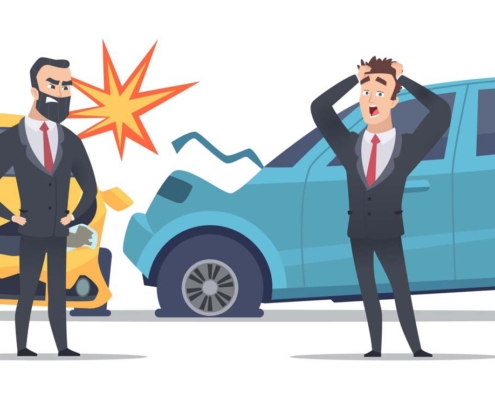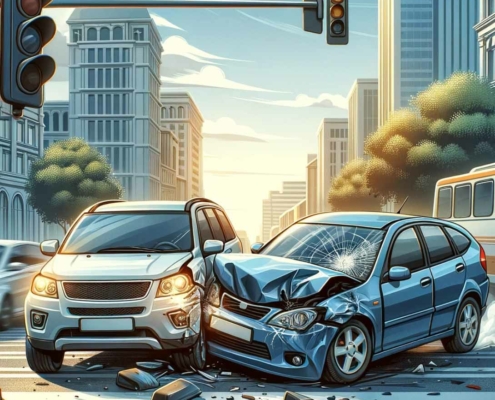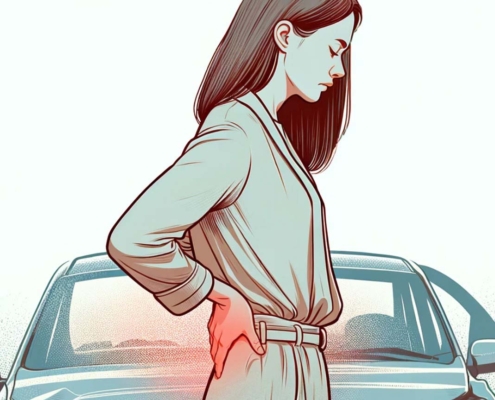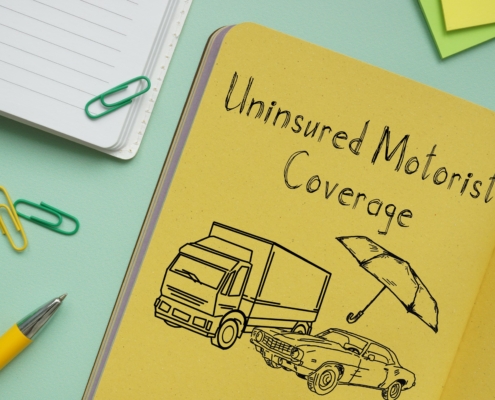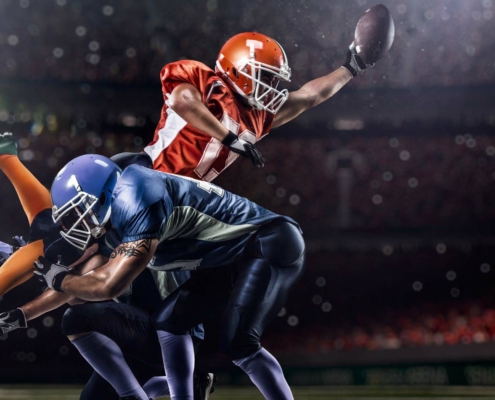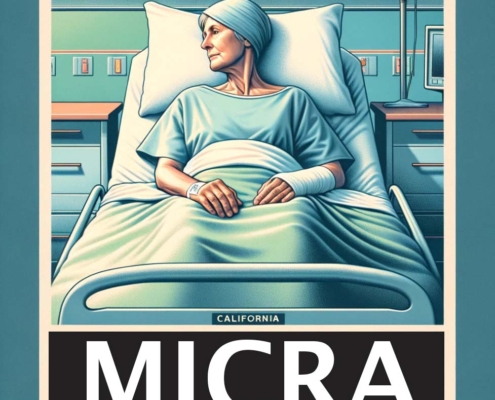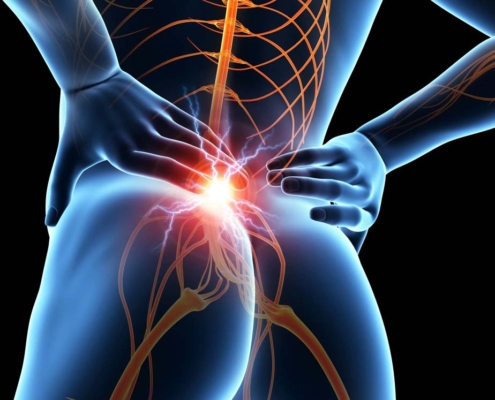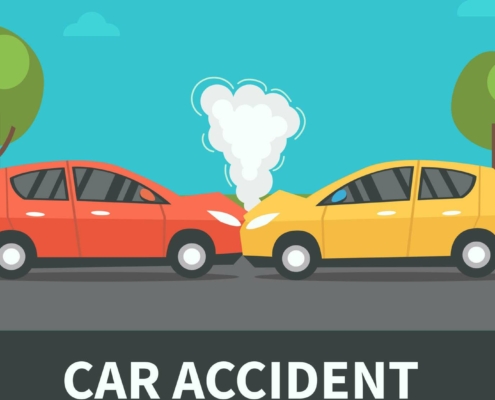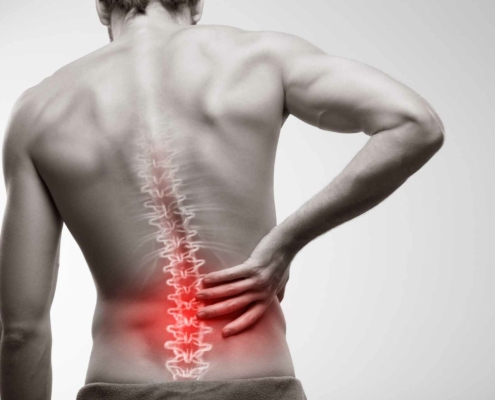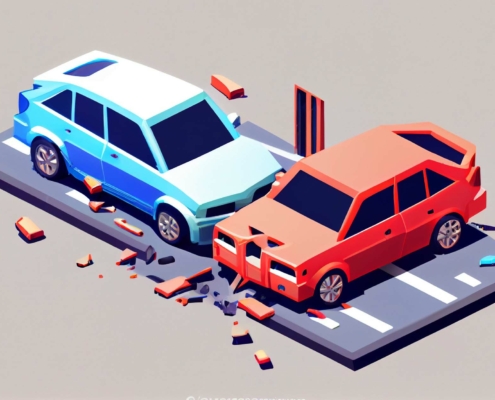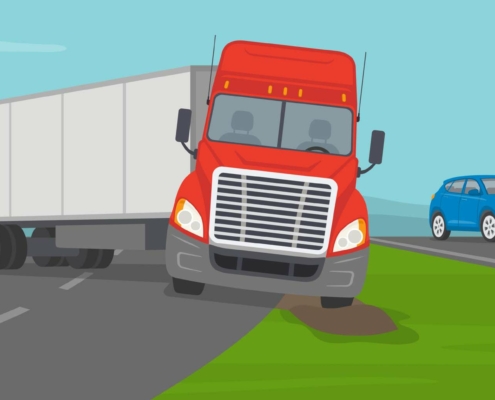Where can you find the parietal lobe?
The parietal lobe can be found near the top and central parts of the cerebrum. It is located just beyond the frontal lobe and above both the occipital and temporal lobes. The parietal lobe is separated from the frontal lobe by the parietal-occipital sulcus. It is also separated from the temporal lobe by the lateral sulcus or Sylvian fissure. Because the parietal lobe is on both the right and left side of the brain, its parts are divided by the medial longitudinal fissure.

From there, the cerebrum is divvied into four regions or lobes known as the frontal, parietal, temporal, and occipital. Each lobe has two regions because the brain is separated into the right and left hemispheres. Because of this, the parietal lobe can also be divided into the left and right hemispheres of the brain. If you or someone you love suffers parietal brain injury because of another person’s action, please contact our traumatic brain injury lawyer.
What are the functions of the parietal lobe?
The parietal lobe is most prominently needed for sensory perception and integration. This can include anything from touch, taste, sound, and the rest of the five primary senses. The parietal lobe is the home of the primary sensory area of the brain. This area is responsible for interpreting any input from the other areas of the body, such as the eyes, ears, hands, and more. There has been research done to show that the more sensory input being received at a time, the more surface area of the parietal lobe is being used. The parietal lobe, like most of the brain, is not fully understood yet, but some functions are known to happen in the parietal lobe.
Some other primary functions of the parietal lobe include:
- Differentiating between two points (with or without visual input)
- Feel touch at the site (whether it be at the hands, feet, stomach, or more)
- Manage all sensory inputs from throughout the body
- Navigating and reasoning (avoiding a stone on the ground, following a map, or listening to directions)
- Assists in some visual functioning (when working with the occipital lobe)
- Figures out numerical relationships such as the number of dogs you see in the street
- Assesses for size and shape of objects (from the present input or memories)
- Maps out the visual world
- Provides coordination between your hands, arms, and eyes
- Processes language
- Retains attention
What makes up the parietal lobe?
Each of the four lobes of the brain is made of specific structures that help it to function properly. Each of these structures has its specific function within the brain and works together to create the parietal lobe. These structures include the following:
- Postcentral Gyrus: This structure in the parietal lobe is responsible for being the primary somatosensory cortex. This means that it maps out any sensory information received and transfers it onto a sensory homunculus. This area is often called the Broadman area 3.
- Posterior Parietal Cortex: This structure is believed to function with movement coordination and spatial reasoning. Though it is not fully understood yet, it is also believed to play a role in attention. This attention is believed to be primarily attention caused by any new stimuli.
- Superior Parietal Lobule: This region allows you to determine where you are situated in space. It is known to receive information from your hands, which is believed to aid in functioning motor skills.
- Inferior Parietal Lobule: This final structure is often referred to as Gershwin’s territory. This territory allows for facial expressions and emotional content to be shown. It is also believed to have other functions, such as math reasoning, language processing, and body image.
How does the parietal lobe work with the rest of your body?
No single region of the brain is in full control on its own. Instead, all the lobes and regions of the brain work together and work with the rest of your body to perform their functions. The parietal region is no exception to this rule. Because the parietal lobe functions with a lot of sensory processing, it must receive its input from all over the body. These input areas include the hands, eyes, ears, and more. To function, the body parts and parietal lobe need one another.
In addition to working with your body, the parietal lobe also works with the other lobes of your brain. Signals are exchanged over the brain, especially between the parietal and occipital lobes. The occipital lobe is significant because it assists in visual processing with the parietal lobe.
Even though each region of the brain has a specific set of functions that it controls, some signals go across the different brain regions. It is even found that when one brain region suffers from damage, the other regions will compensate for assisting in the lost functions.
What does parietal lobe damage look like?
Because of the vast number of functions the parietal lobe is responsible for, damage to this brain area can have many consequences. In general, the damage depends on which parietal lobe region was affected the most. It also depends on how bad the injury is and the treatment received.
Proper medical attention and care are crucial to regaining as much functionality as possible. This can include comprehensive speech and physical care or therapy. With the proper treatment, you can train your brain to work in place of the injuries you suffered. Other outside obstacles that may contribute to your healing include your age, nutrition, health, and lifestyle.
Some of the repercussions of parietal lobe damage are as follows:
- Contralateral Neglect: neglecting body care to one or both sides of the body (can occur if the right side of the parietal lobe is damaged)
- Gerstmann’s Syndrome: struggle to write, solve math problems, speak, and perceive objects (can occur if the left side of the parietal lobe is damaged)
- Balint’s Syndrome: loss of motor skills or visual attention; cannot direct eyes voluntarily or reach for stuff without looking at it (can occur if both sides of the parietal lobe are damaged)



